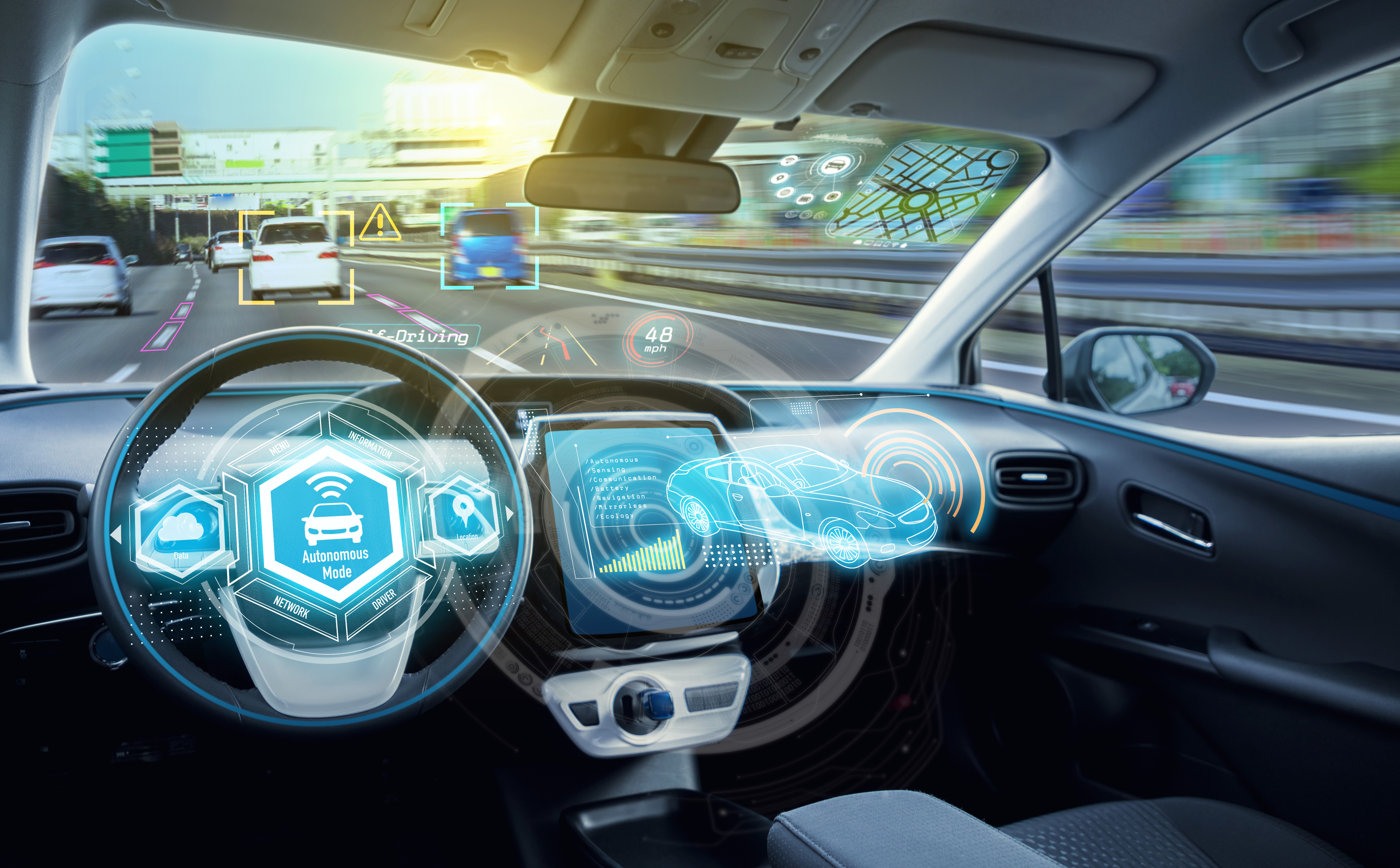Cao News Hub
Your daily source for trending news and informative articles.
Driverless or Reckless: The Great Debate on Autonomous Vehicles
Uncover the truth behind autonomous vehicles. Are they the future of travel or a recipe for disaster? Join the debate today!
Exploring the Safety Features of Autonomous Vehicles: Are They Really Safer?
The advent of autonomous vehicles has generated significant interest in their safety features. These vehicles are designed to minimize human error, which is a leading cause of traffic accidents. Advanced technologies such as LiDAR, radar, and computer vision systems enable autonomous cars to detect their surroundings with remarkable precision. Additionally, many autonomous vehicles are equipped with sophisticated algorithms that can make split-second decisions to avoid potential collisions. As a result, proponents argue that these enhancements could significantly reduce the number of accidents, potentially leading to fewer injuries and fatalities on the roads.
However, there remains some skepticism about the safety of autonomous vehicles. Critics point out that while technology continues to improve, it is not infallible. Incidents involving autonomous vehicles, although rare, raise questions about their reliability in complex driving environments. Moreover, the ethical implications of decision-making in critical situations pose additional concerns. As we explore the question, are autonomous vehicles really safer than traditional cars, it is crucial to consider not only the technological advancements but also the potential risks and the need for rigorous testing and regulatory frameworks to ensure the utmost safety on our roads.

The Future of Transportation: How Driverless Cars Could Change Our Cities
The future of transportation is poised for a dramatic transformation with the rise of driverless cars. As technology progresses, these autonomous vehicles have the potential to reshape our cities in profound ways. Imagine a world where traffic congestion is reduced, parking spaces are eliminated, and air pollution decreases significantly. According to experts, the integration of driverless cars could lead to smarter urban planning and a reimagined use of public spaces. Cities could convert former parking lots into parks or community centers, enhancing the quality of life for residents.
Moreover, driverless cars could increase road safety by minimizing human error, which is a leading cause of accidents today. With advanced sensors and artificial intelligence, these vehicles can communicate with each other to prevent collisions and manage traffic flow efficiently. As a result, the urban landscape may see a dramatic decline in road fatalities and injuries. Additionally, as we embrace this new transportation paradigm, it’ll be crucial for city planners and policymakers to adopt regulatory frameworks that ensure the safe integration of autonomous vehicles into existing traffic systems.
Autonomous Vehicles vs. Human Drivers: Who's Safer on the Road?
The debate surrounding autonomous vehicles versus human drivers has gained significant traction as advancements in technology continue to reshape the transportation landscape. Proponents of autonomous vehicles argue that they can potentially reduce accidents caused by human error, which accounts for over 90% of road incidents. These advanced systems utilize sensors, cameras, and artificial intelligence to make real-time decisions, thereby enhancing road safety. Conversely, critics point out that the technology is still in its infancy, raising concerns about the reliability of these systems in complex driving situations. Ultimately, the question remains: do the benefits of< strong> self-driving cars outweigh the current limitations?
On the other hand, human drivers bring unique advantages to the roads, including intuitive decision-making and the ability to adapt quickly to unpredictable circumstances. While human error is a significant factor in accidents, it is also essential to recognize that human experience plays a vital role in navigating challenging environments. For instance, a seasoned driver may respond better to sudden obstacles or changing weather conditions compared to an autonomous vehicle that relies on its programming. As we look ahead, the challenge lies in determining whether a harmonious coexistence between autonomous vehicles and human drivers is possible or if the future will favor one over the other.